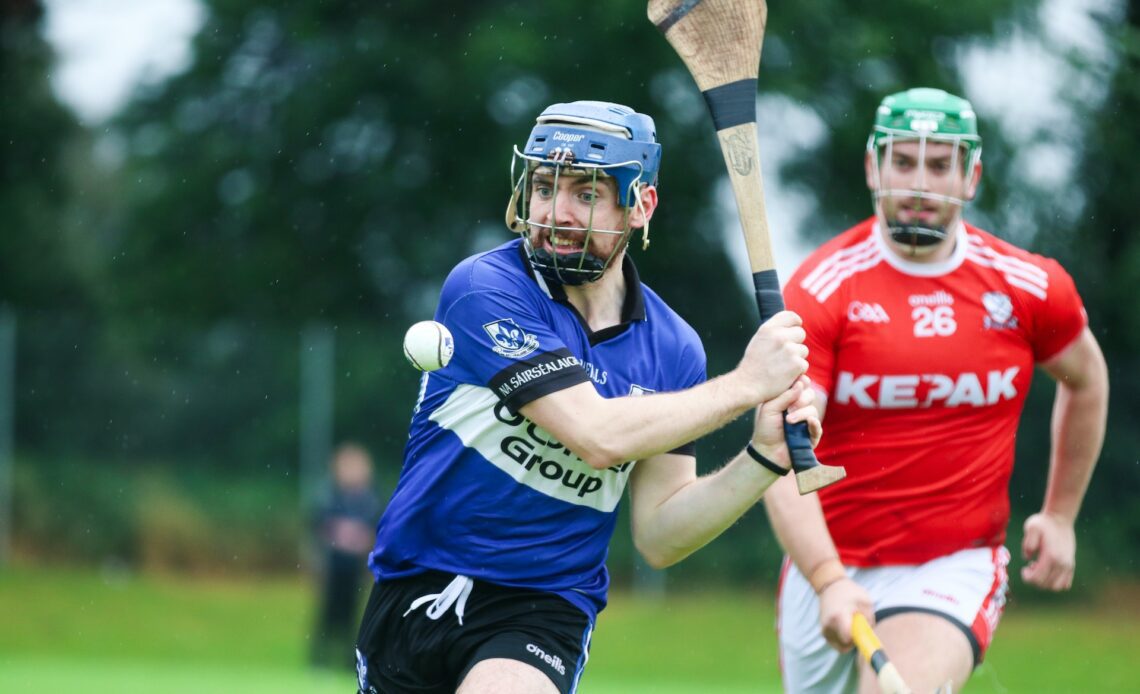Best moment of my (quasi-) sporting life? Squaring up to take a point at Dublin’s Croke Park with hurling legend Ollie Canning just a few paces away, urging me to take the shot.
It didn’t matter that the stands were empty, and this was just a bit of media day fun: I was about to knock the ball over the bar at this hallowed stadium, the largest in Ireland and the home of the Gaelic Athletic Association.
I took my stance and gripped and regripped the hurl. One last look at the posts and then I threw the ball into the air. I clipped it harmlessly about 20 yards in front of me, well shy of the posts.
“Better luck next time,” Ollie said with a smile. But there would be no next time – this was it. Still, best moment ever.
A (brief) hurling explainer: Things to know before you watch
At its best – that is, played by players who are good at it in front of large, appreciative crowds – hurling is like hockey on steroids. It’s a ball-and-stick game, but faster and much more physical.
3000 years of hurling
Hurling is one of the world’s oldest field games, having been played in one form or another for at least 3000 years. The first recorded mention of hurling dates to 1272 BC, when one of Ireland’s earliest inhabitants, the pre-Celtic Fir Bolg, took on the supernatural Tuatha dé Danann (“tribe of the Gods”) with hurls and won.
Cú Chulainn, the hero of one of the most important works of early Irish literature, the Táin Bo Cuailgne, was a renowned hurler who once killed a fierce guard dog by striking a sliotar down his throat from a great distance. Compensation for hurling injuries was written into the statutes of the Celts’ own legal system, known as Brehon Law.
The game was banned by the Normans in the 12th century but survived illegally nonetheless: one 17th-century account tells of ferocious hurling matches played on pitches that were 300 yards long. However, the game had different rules and even different names depending on which part of the country you were in. Clare and south Galway called it scuaib, while in Ulster it was known as camán, later Anglicised as ‘commons.’
The Gaelic Athletic Association
The current version of the game was codified following the establishment of the Gaelic Athletic Association…
Click Here to Read the Full Original Article at Stories – Lonely Planet…
